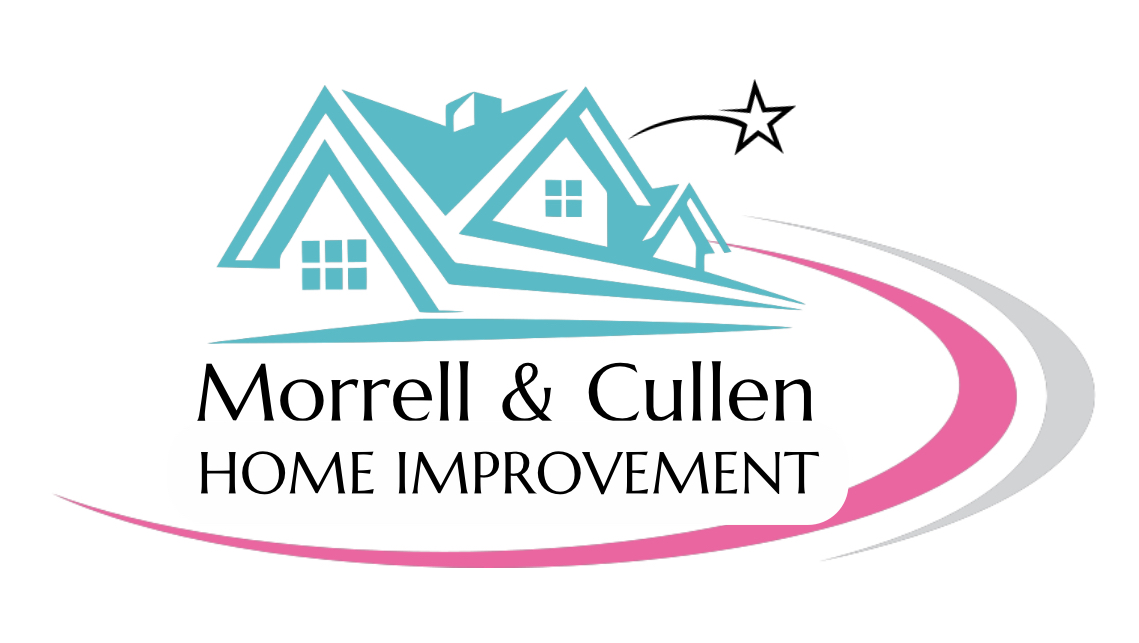Different Vinyl Siding Styles
Horizontal Siding
The Look: It runs horizontally across the exterior of the house
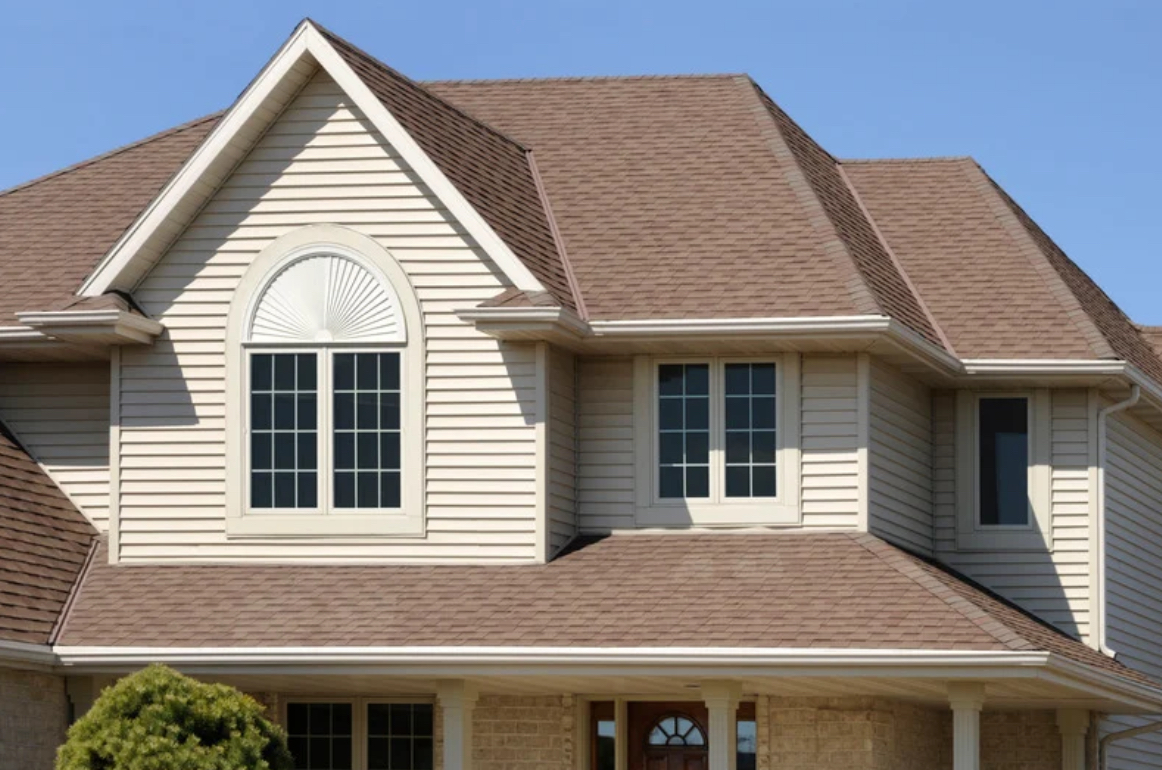
Often referred to as clapboard, lap-siding or ship-lap
- The most popular home siding choice in America, as well as, the most cost-effective
- Made to resemble long wooden planks nailed horizontally across the house.
- Ideal for climates prone to heavy rain and snow due to it's excellent ability to shed water, preventing moisture from reaching past the exterior of the house
- Available in a variety of styles, sizes, textures, colors and thicknesses
- Available in different profiles (the shape emulated by a piece of siding). Horizontal siding can come as single-, double- or triple-course panels with individual rows varying in height, typically between 4”-12” (with double 4” or double 5” being considered standard)
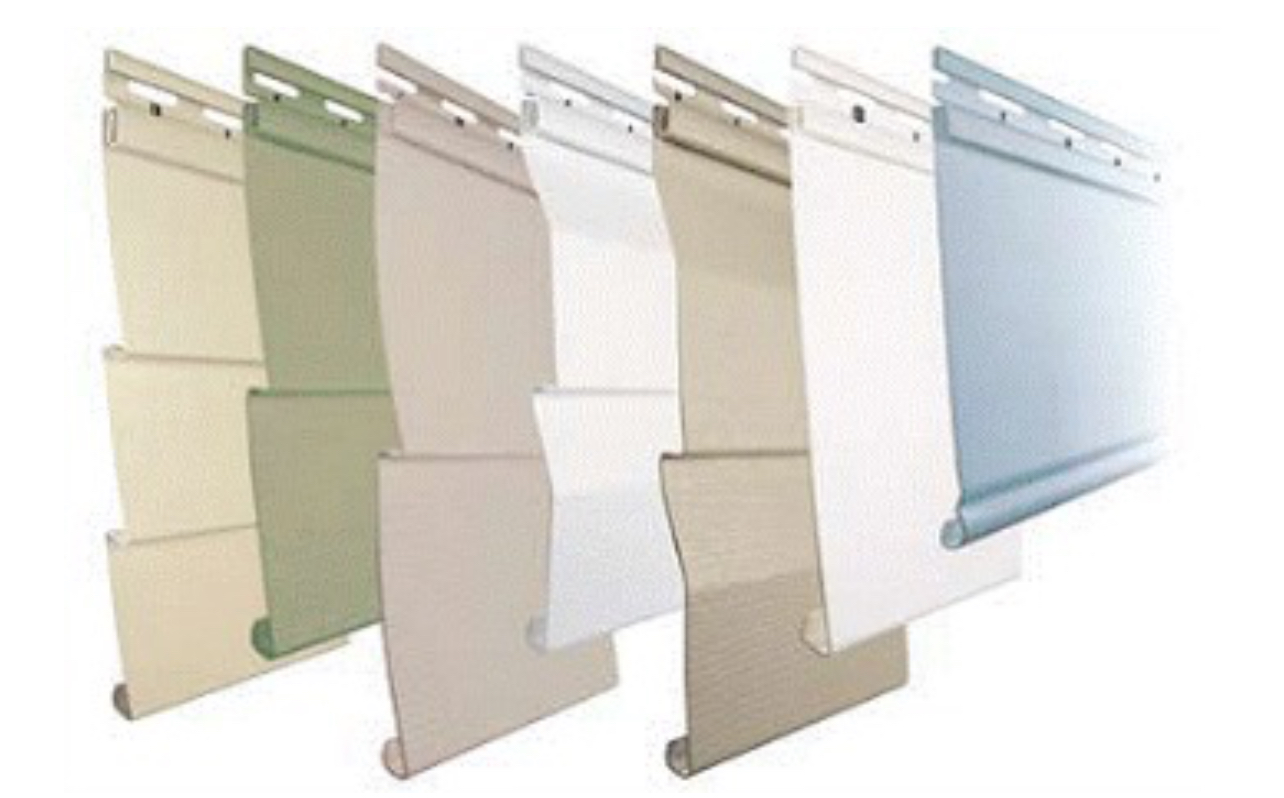
The different profiles of vinyl siding
Standard clapboard originated from American Indians who used timber from the land to build structurally sound walls and other structures. This tradition continued for centuries until modern technology took over. Today clapboard is fabricated to resemble traditional wood siding (with flat faces and crisp edges) and is installed from the bottom-up so that each panel appears to overlap the one underneath it, resulting in shadows between the layered boards.
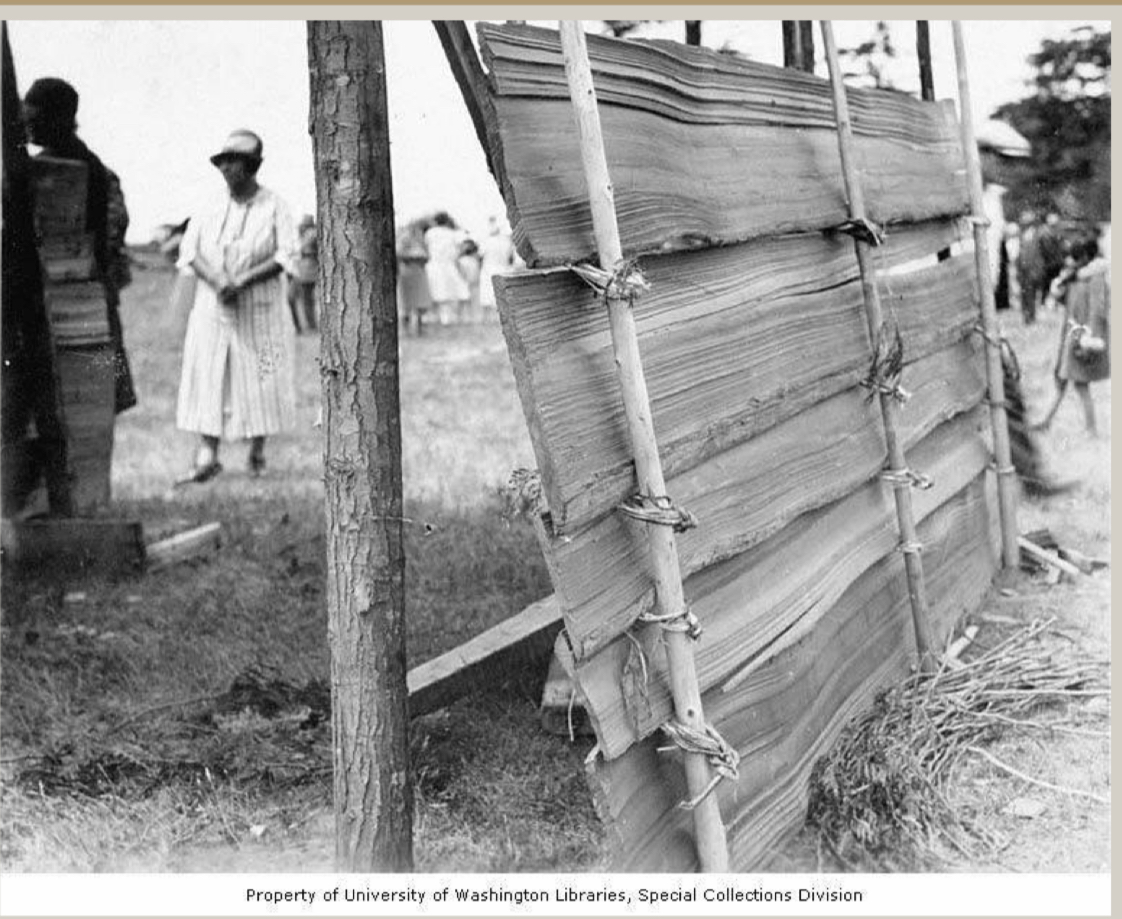
Within the category of horizontal siding are several different profile options, aside from the standard clapboard style. Typically viewed as "upgraded" versions of clapboard, each profile creates its own unique visual effect.
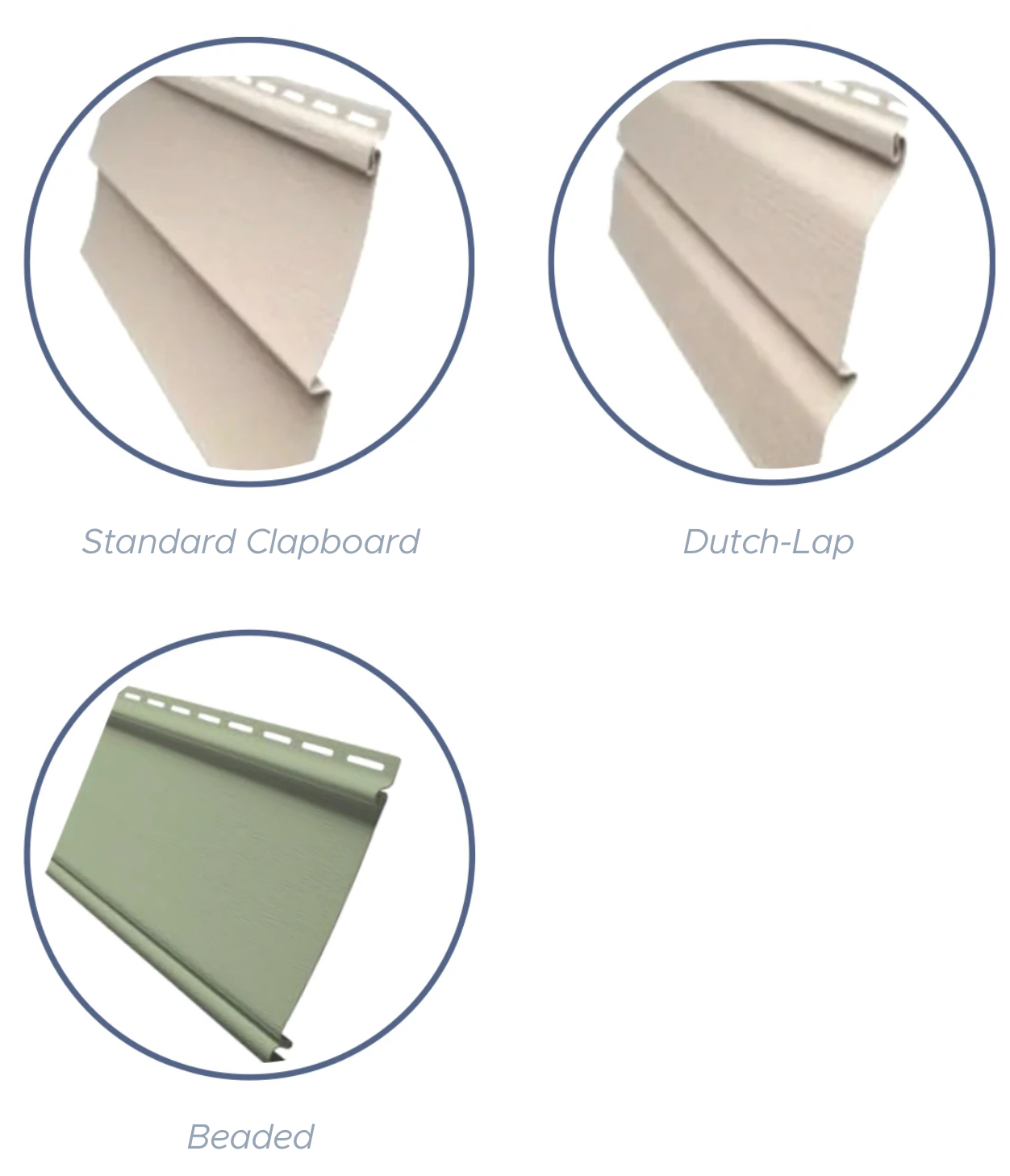
Dutch-Lap
Dutch-lap siding was popularized in the Mid-Atlantic area of the U.S. in early settler days. It provides a defined, contrasting-look and is a fairly common alternative to clapboard. It features a distinctive notch or curve at the top of each board, casting deeper shadow lines. The result is a bolder, more textured look that adds dimension and character to a home’s exterior. Dutch-lap is typically available in multiple courses with reveals of 3” to 5”.
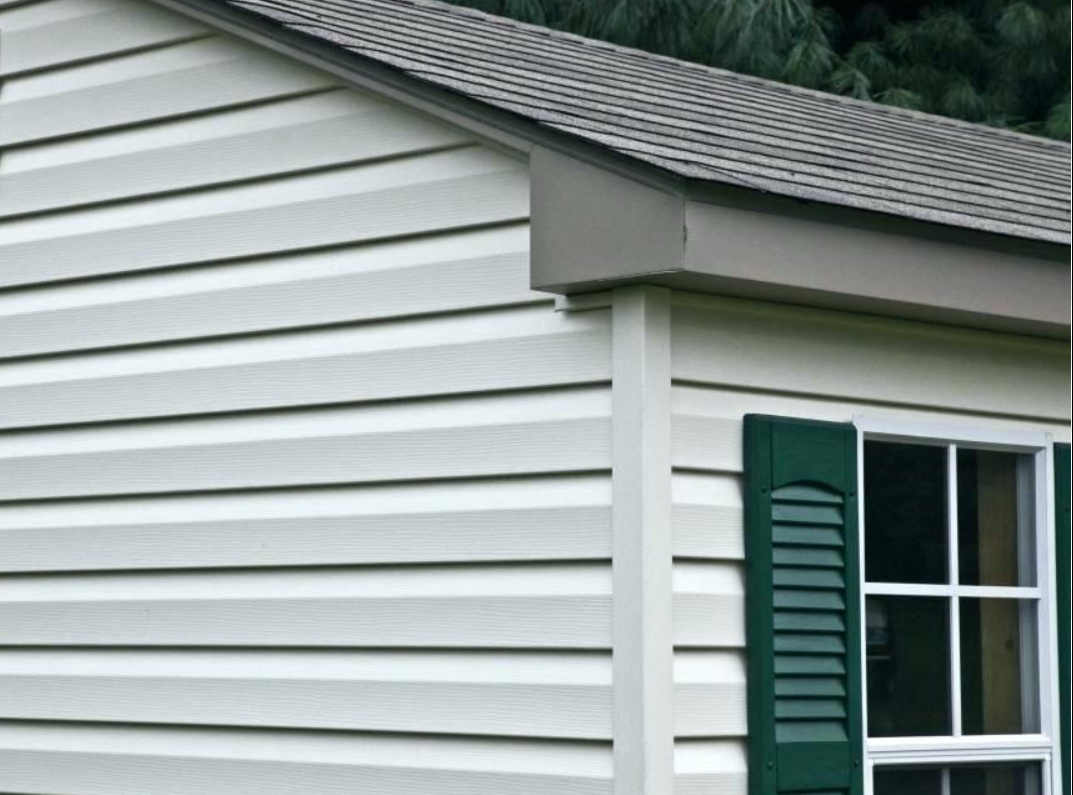
Beaded
For homeowners who prefer a softer, more rustic style, beaded siding provides a decorative bead (or half-round molding effect) along the bottom-edge of each panel, resulting in subtle shadows and a more handcrafted feel. Inspired by traditional Southern architecture, beaded siding adds elegance to any homes exterior. Beaded siding is typically available in single courses with reveals of 6”-7”.
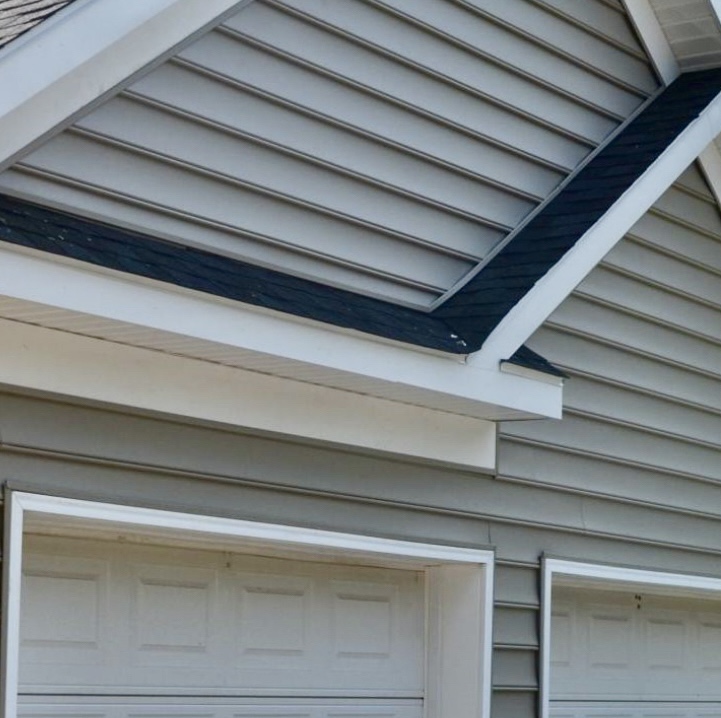
Vertical Siding
The Look: It runs vertically across the exterior of the house
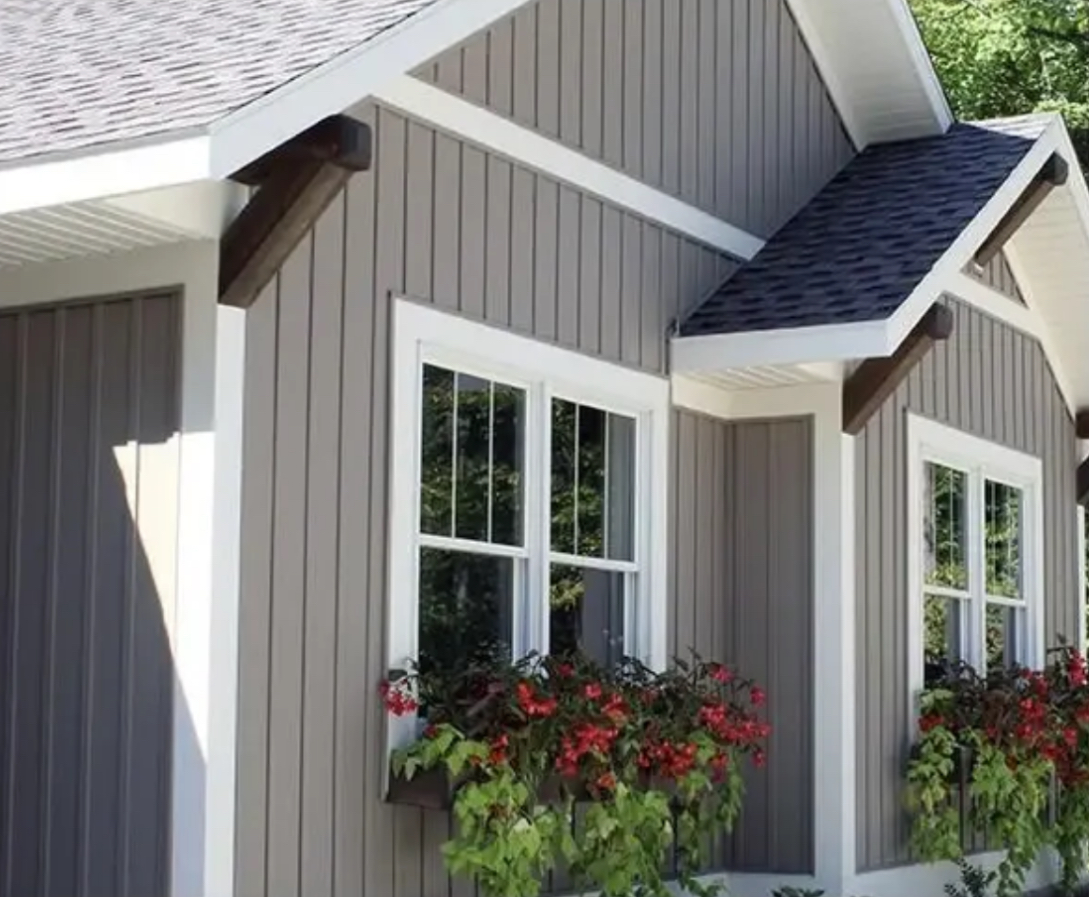
Often referred to as board & batten or barnyard siding
- Runs vertically, alternating between wide and narrow panels (board referring to the wide portions and batten referring to the narrow portions)
- Molded from real cedar boards
- Dates back to Medevial Times
- Residential dwellings can be sided using solely vertical vinyl, or in combination with other siding styles
- For example, many homeowners will use vertical siding to accent a particular part of their homes exterior (such as a dormer or gable) and then use a different siding style, such as clapboard, to side the remainder of the house
- Typically seen in 7” and 8” profiles and a wide range of colors
With it’s strong lines and timeless appeal, vertical vinyl adds a fresh new look to any home!
Shake & Shingle Siding
The Look: It runs horizontally across the exterior of the house, giving the impression of individually layered shakes or shingles
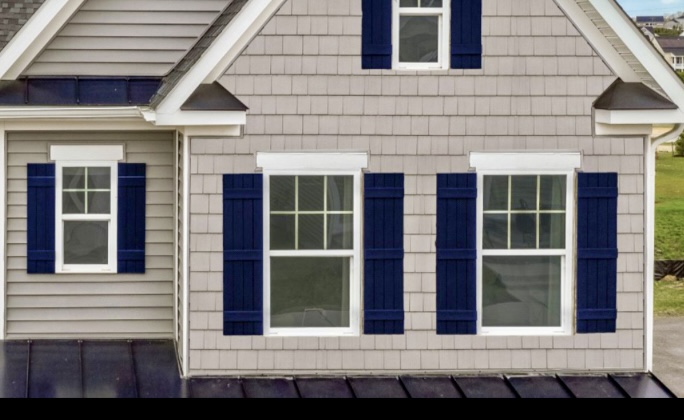
Often referred to as cedar shake impressioned shingles
- The timeless, all-natural look of freshly sawn cedar shake tiles, with the added benefit of vinyl siding manufacturing
- Cheaper and easier to maintain than actual cedar shake siding
- Can be used alone or in combination with other siding styles
- Shingles are typically offered as single- and double-course with reveals (aka, the exposed part of the individual rows post-installation) varying from 5”-9”
- Shakes are typically offered in single- and double-course with reveals varying from 6”-10”
- For example, many homeowners will use vinyl shake siding to accent a particular part of their homes exterior (such as a dormer or gable) and then use a different siding style, such as clapboard, to side the remainder of the house
- Typically available in two cut styles:
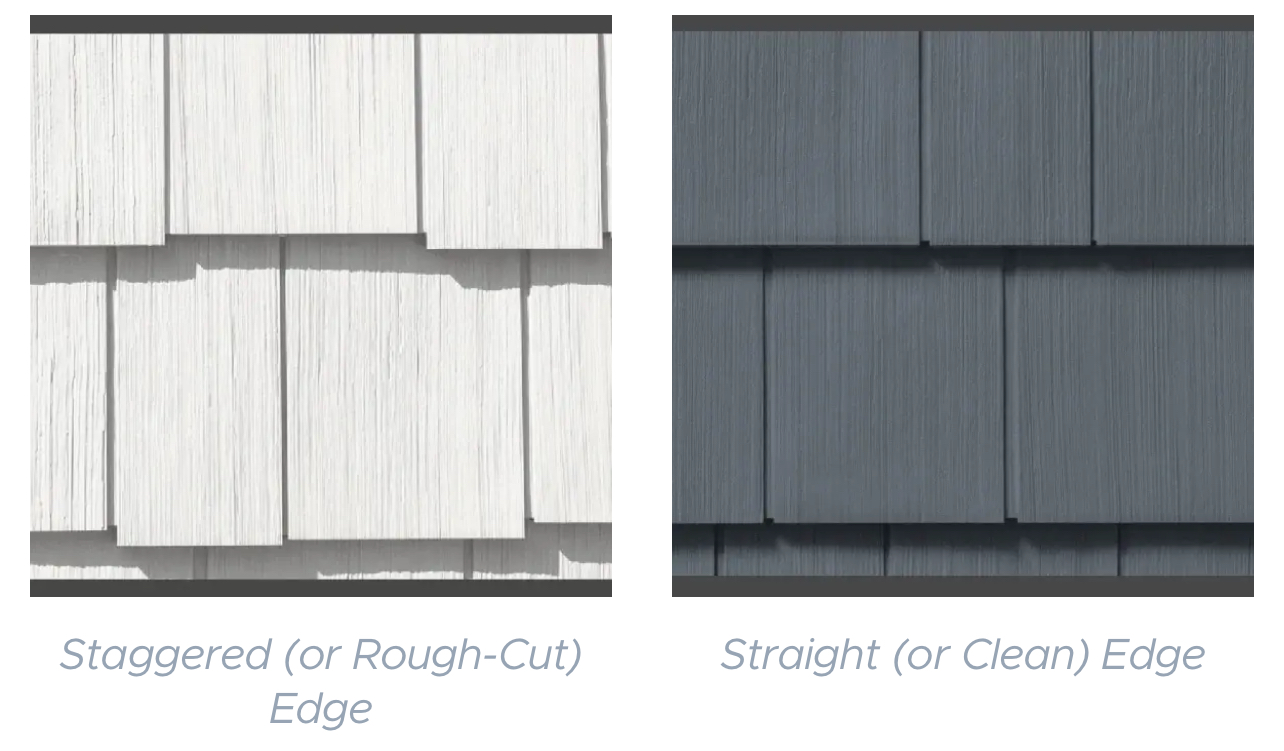
Over recent years vinyl manufacturers have become more creative in their shingle shapes and designs offering a variety of profile types, such as: scallops, hexagon, half cove, octagon, mitered corner and fish scale
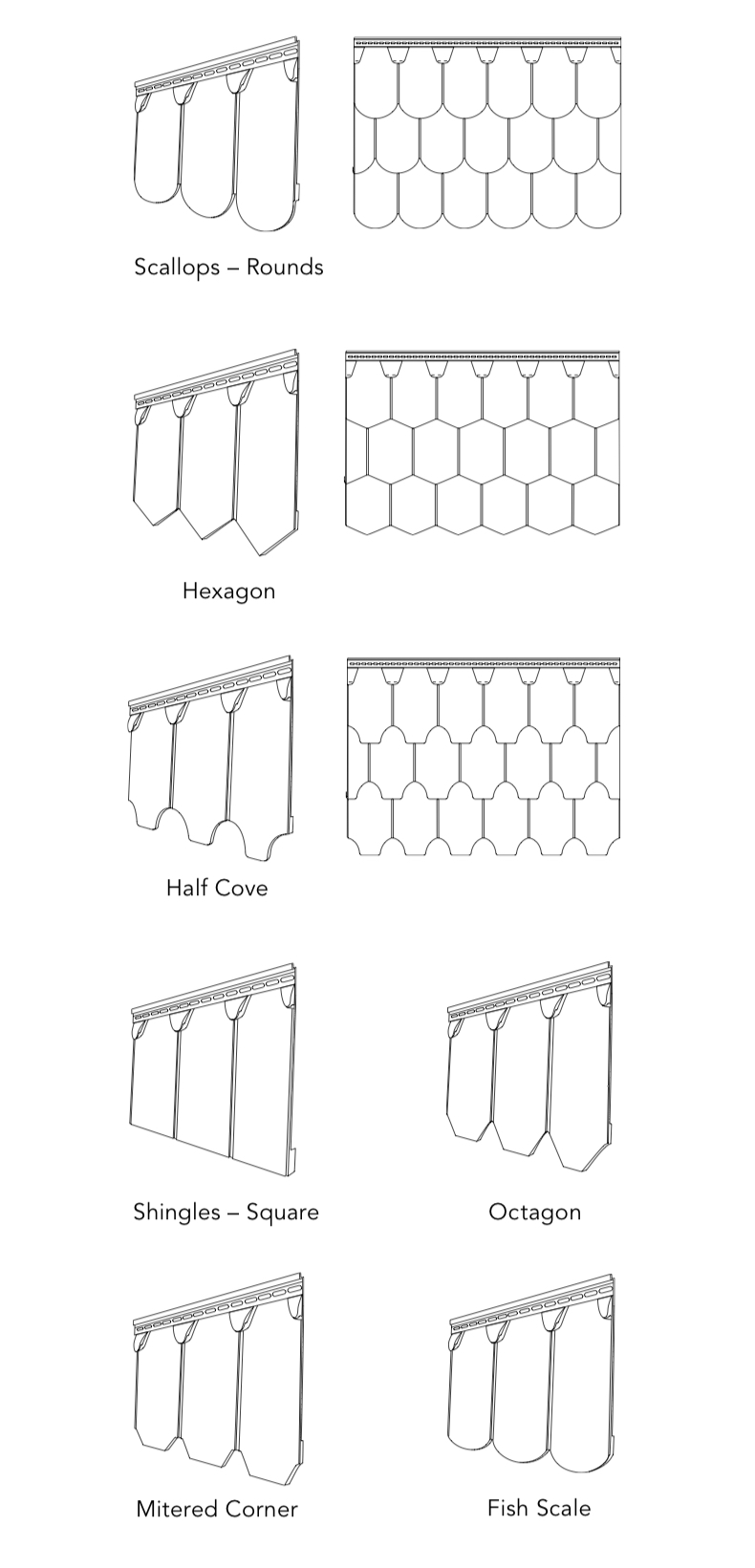
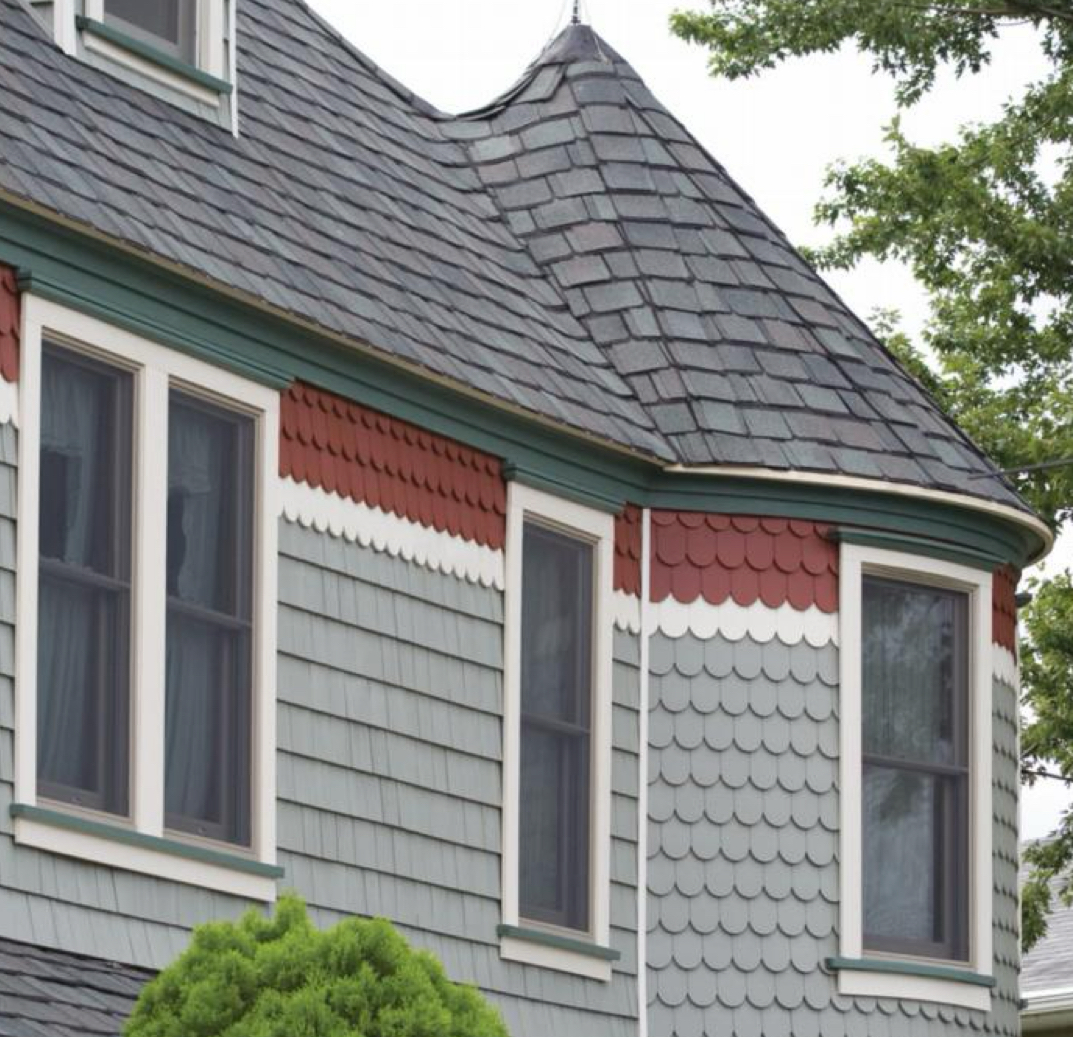
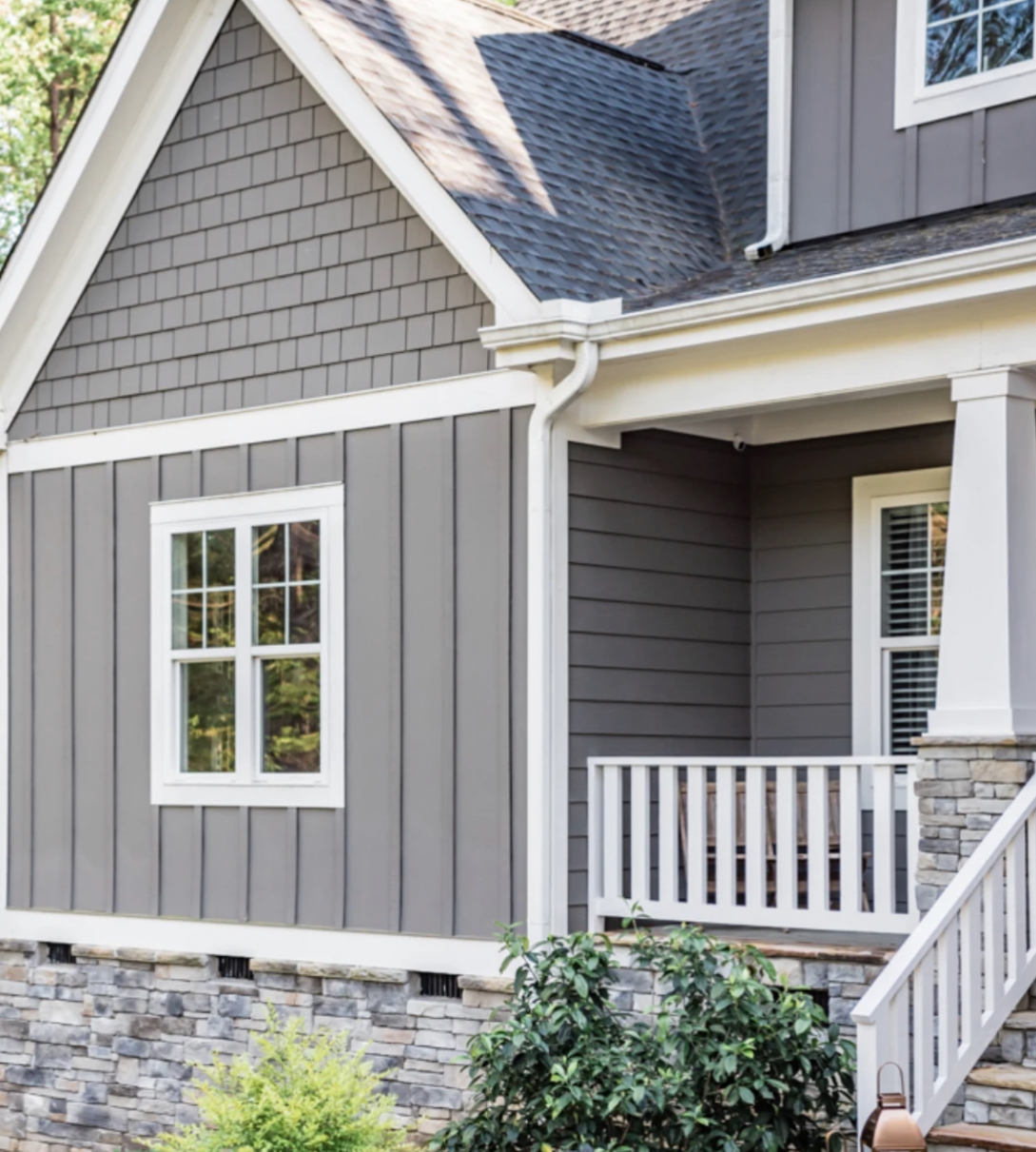
An example of all three primary siding styles on one house
